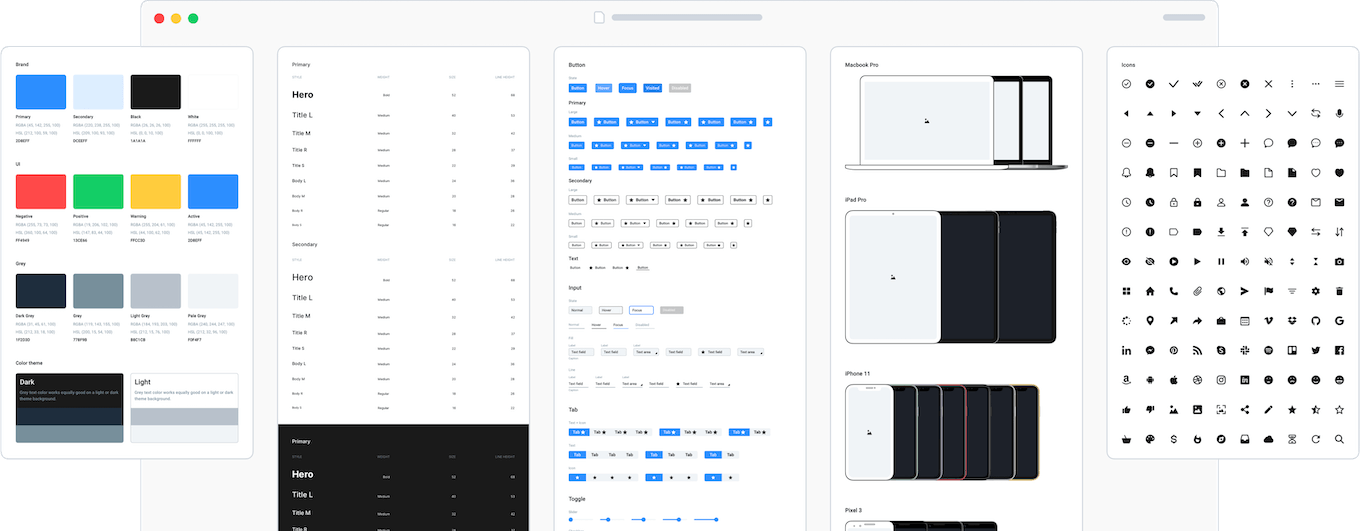Content strategy
“What great content strategy this website has.” Has any user ever uttered this phrase? Certainly not. But why should they? If the information they are looking for is easily, quickly and simply accessible, and even up to date, and if this brings satisfaction to the user, then it is synonymous with them having made the above observation.
Why is content strategy important?
- It helps us understand what content our users need, and helps us create it for them.
- It provides a long-term solution for publishing realistic, sustainable and measurable content.
- Creating effective and useful content allows cost cuts and the efficient use of existing assets instead of redundant texts that no one will read.
- It creates synergies between the various communication elements that we use, and channels them towards a specific objective, whether that be social media, print materials or in-house knowledge management.
- A conscious and well-designed content strategy shields us from underestimating the time and resources necessary for creating content, which generally leads to project delays.
In her book entitled The Elements of Content Strategy Erin Kissane uses the example of James Bond to illustrate good content strategy. Clever and tough as he is, he’d be lost if not for the hyper-competent support team that stands behind him. When he needs to chase a villain, the team summons an Aston Martin. When he’s poisoned by a beautiful woman, the team offers the antidote in the nick of time. Help arrives always at the right time, in the right shape. It anticipates his needs, but does not offer him everything he might ever need, all the time. Content is appropriate for users when it helps them accomplish their goals.
What is a good content?
- It satisfies user and business objectives: the two go hand-in-hand — content is worthless without users; however, if we provide unmeaningful content, we will sooner or later end up with no users.
- Useful: define the specific objectives of all content and assess whether the generated content serves this objective.
- User-centric: content must be adjusted to the user’s cognitive structure, i.e. the way they think, the expressions they use.
- Clear: strive to make everything clear for the user. Structure content so that it is easy to navigate and employ the user’s language.
- Consistent: when the website features consistent language and design, the user’s cognitive burden is reduced and it becomes easier for him to assimilate the content.
- Conscious: remove any unnecessary content.
Requires care: in order for website content to be up to date, it needs to be reviewed continuously or according to a predefined schedule. Refresh the necessary content and remove anything that is out of date.
recommended
articles
Find out more about the topic





Share your opinion with us